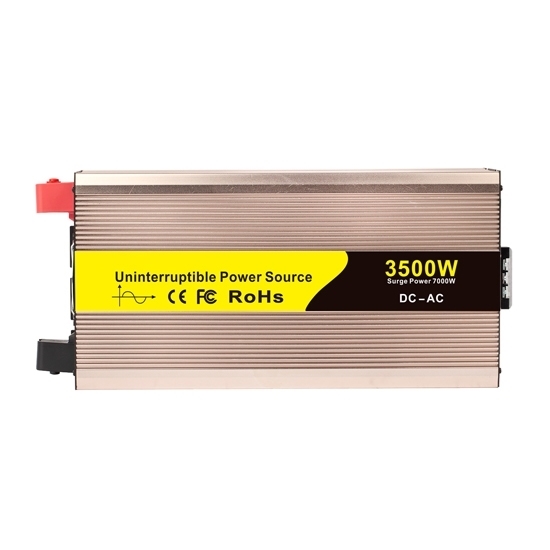How to Control UPS Inverter?
The ups is widely used to protect sensitive loads, such as PCS, servers, medical equipment, and communication systems from power failures or interference. It provides high quality and reliable pure power for these important loads.
The inverter is the core of ups. It converts the direct current into the alternating current required by users. For ups, the quality of inverter output voltage determines its overall performance. The following, ATO automation will give a brief introduction about ups inverter various control methods.

- Predictive control. Predictive control can achieve small current distortion and strong anti-noise ability in the sine wave ups inverter. However, this algorithm requires accurate load model and circuit parameters, and the delay caused by numerical calculation is also a problem in practical applications.
- Hysteresis control. Hysteresis control has fast response speed and high stability, but the switching frequency of hysteresis control is not fixed, so that the reliability of the circuit is reduced, the frequency spectrum of the output voltage is worse, and the system performance of the ups inverter is not good.
- Dead-beat control. Dead-beat control was first proposed by Kalman. It is a control method based on the precise mathematical model of the controlled object. The basic idea of beat free control is to calculate the PWM pulse width of the next switching period according to the state equation of the sine wave power inverter and the output feedback signal (usually the voltage and current of the output filter capacitor). The PWM pulse width is calculated from the state vector at the current time and the reference sine at the next sampling time.
Thus, it is theoretically possible to make the output voltage very close to the reference voltage in both phase and amplitude, and output voltage errors caused by load variations or nonlinear loads can be corrected within one switching cycle. Dead-beat control requires that the control pulse width must be calculated and output when beat, otherwise it will not only destroy the control characteristics, but also affect the stability of the system. Due to the delay of sampling and calculation, the duty cycle of the output pulse is bound to be limited in calculating the output pulse of the beat, which reduces the utilization rate of the input DC voltage. The control parameters of beat free control are closely related to the output filter parameters, DC bus voltage and load. As long as one of them changes, the control parameters of ups inverter have to be adjusted accordingly, otherwise the ups inverter control will fail.

